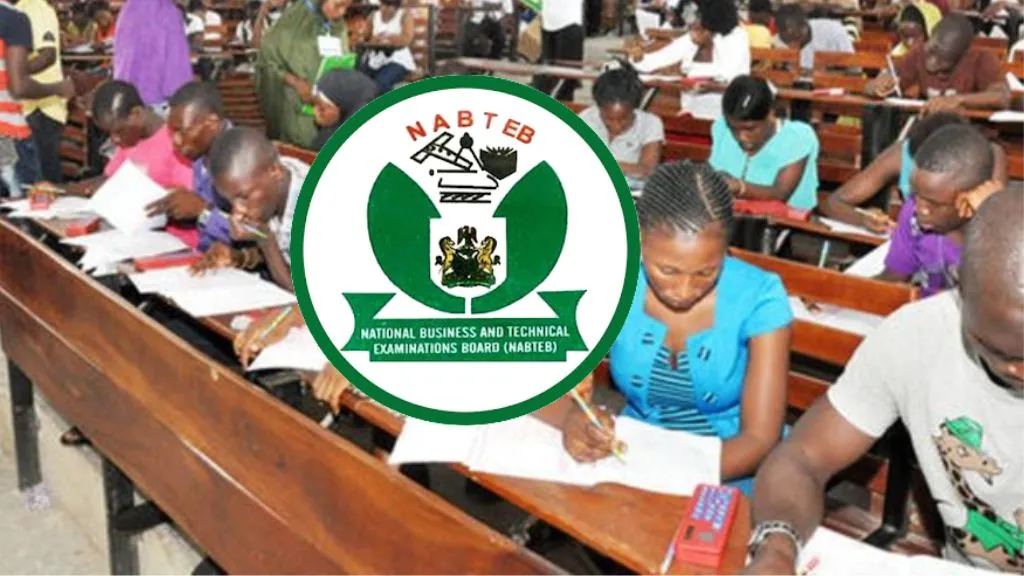WAEC GCE Agricultural Science Practical Specimen Answers 2023

WAEC GCE Agric Practical 2023 NOV/DEC: Specimens
The West African Examination Council (WAEC) is set to conduct the GCE Agricultural Science Practical examination on Friday, 17th November / December 2023. This practical paper is an alternative to the theoretical examination and requires candidates to demonstrate their knowledge and skills in agricultural practices. In this comprehensive guide, we will provide you with all the essential information you need to know about the WAEC GCE Agricultural Science Practical 2023, including specimen lists, sample questions, and tips for preparation. WAEC GCE Agric Practical 2023 NOV / DEC External: Specimens.
Specimen List
To effectively prepare for the WAEC GCE Agricultural Science Practical 2023, it is crucial to familiarize yourself with the specimens that may be used in the examination. The specimens provided by WAEC include:
- Specimen A – Loamy Soil
- Specimen B – Sandy Soil
- Specimen C – Shears
- Specimen D – Sickle
- Specimen E – Knapsack Sprayer
- Specimen F – Wheelbarrow
- Specimen G – Yam
- Specimen H – Cassava
- Specimen I – Sugarcane
- Specimen J – Pineapple Fruit (whole)
- Specimen K – Ginger (whole)
- Specimen L – Honey (labelled)
- Specimen M – Sawdust
- Specimen N – Wood Shavings
- Specimen O – Electric Bulb
- Specimen P – Kerosene Lamp
- Specimen Q – Charcoal Pot
Note: This article is for informational purposes only. It is based on past questions and should not be considered as an expo or guarantee of the actual examination content.
Sample Questions and Answers
To give you a better understanding of the type of questions that may be asked in the WAEC GCE Agricultural Science Practical 2023, here are some sample questions along with their respective answers:
Question 1
(a) Identify specimens A and B. (b) Compare three physical characteristics of specimens A and B in a tabular form. (c) (i) Recommend either specimen A or B for pond construction. (ii) Provide a reason for your recommendation. (d) List two ways to improve specimen B for crop production. (e) State two ways in which specimen A is of economic importance in agriculture.
Answer: (a) Specimen A is Loamy Soil, and Specimen B is Sandy Soil. (b)
| Physical Characteristics | Specimen A (Loamy Soil) | Specimen B (Sandy Soil) |
|---|---|---|
| Texture | Smooth and Crumbly | Gritty and Loose |
| Drainage | Good | Poor |
| Nutrient Retention | High | Low |
(c) (i) Specimen A (Loamy Soil) would be recommended for pond construction. (ii) This is because loamy soil has good drainage, which is essential for maintaining a healthy pond ecosystem.
(d)
- Adding organic matter to improve fertility.
- Implementing soil erosion control measures.
(e)
- Loamy soil is ideal for crop cultivation due to its nutrient retention capabilities.
- It provides a stable and fertile environment for plant growth.
Question 2
(i) Identify specimens C, D, E, and F. (ii) State two uses of each of specimens C and D. (iii) State three general ways of maintaining specimens E and F. (iv) State four precautions to be taken when using specimen F.
Answer: (i) Specimen C is Shears, Specimen D is Sickle, Specimen E is Knapsack Sprayer, and Specimen F is Wheelbarrow.
(ii)
- Uses of Specimen C (Shears): Pruning plants and cutting branches.
- Uses of Specimen D (Sickle): Harvesting crops and cutting grass.
(iii)
- General ways of maintaining Specimen E (Knapsack Sprayer):
- Regular cleaning and maintenance of sprayer parts.
- Proper storage to prevent damage.
- Regular calibration to ensure accurate spraying.
- General ways of maintaining Specimen F (Wheelbarrow):
- Regular inspection and maintenance of wheels and handles.
- Lubrication of moving parts.
- Proper storage in a dry and secure location.
(iv) Precautions when using Specimen F (Wheelbarrow):
- Use appropriate lifting techniques to avoid back injuries.
- Do not overload the wheelbarrow beyond its capacity.
- Ensure the wheelbarrow is balanced before moving.
- Use caution when navigating uneven terrain to prevent accidents.
Question 3
(a) i. Name the crops from which the storage organs G and H are obtained. ii. Name the parts labeled I, II, and III. (b) What type of storage organ does each crop have? (c) Name two field pests that damage the crop from which the storage organ H is obtained. (d) i. Mention two main causes of storage losses of the storage organ G. ii. Mention two materials used in propagating the crop from which G is obtained. iii. Explain the term double harvesting in relation to the crop from which G is obtained.
Answer: (a) i. The storage organ G is obtained from the Yam crop, and the storage organ H is obtained from the Cassava crop. ii. Part I is the Stem, Part II is the Leaf, and Part III is the Root.
(b)
- Yam: Modified stem known as a tuber.
- Cassava: Modified root known as a tuberous root.
(c) Field pests that damage the Cassava crop include:
- Cassava Green Mite.
- Cassava Mealybug.
(d) i. Causes of storage losses of the Yam storage organ G:
- Improper storage conditions, such as high humidity.
- Damage from pests and diseases.
ii. Materials used in propagating the Yam crop include:
- Yam Setts.
- Minisetts.
iii. Double harvesting refers to the practice of harvesting the main tubers of the Yam crop and leaving the smaller tubers in the ground to continue growing for a subsequent harvest.
Tips for Preparation
Preparing for the WAEC GCE Agricultural Science Practical 2023 requires a strategic approach. Here are some tips to help you excel in the examination:
- Familiarize yourself with the specimen list: Study the characteristics and uses of each specimen to enhance your understanding of agricultural practices.
- Review past questions: Practice with past questions to get a sense of the format and types of questions that may be asked. This will also help you identify any knowledge gaps that need to be addressed.
- Develop practical skills: Practice using the tools and equipment commonly used in agricultural activities. This will help you become more comfortable and efficient during the practical examination.
- Understand agricultural concepts and techniques: Study the theoretical aspects of agricultural science to complement your practical knowledge. This will enable you to approach questions from a holistic perspective.
- Time management: During the examination, manage your time effectively to ensure you have enough time to complete all the required tasks. Practice time management techniques during your preparation.
- Seek guidance: If you have any doubts or difficulties, don’t hesitate to seek guidance from your teachers or mentors. They can provide valuable insights and help clarify any concepts or techniques you may not fully understand.
- Stay updated: Keep yourself informed about the latest developments in the field of agricultural science. This will demonstrate your enthusiasm for the subject and may come in handy during the examination.
Remember, thorough preparation and a positive mindset are key to performing well in the WAEC GCE Agricultural Science Practical 2023.
Conclusion
The WAEC GCE Agricultural Science Practical 2023 is an opportunity for candidates to showcase their practical knowledge and skills in agricultural science. By familiarizing yourself with the specimen list, practicing with sample questions, and following the tips provided in this guide, you can prepare effectively and increase your chances of success. Remember to stay focused, manage your time wisely, and approach the examination with confidence. Good luck!
For more information and updates on the WAEC GCE Agricultural Science Practical 2023, visit the official WAEC website.














